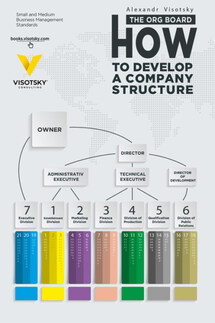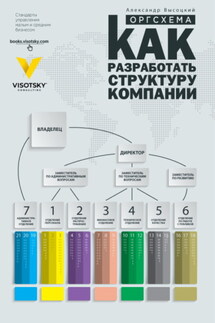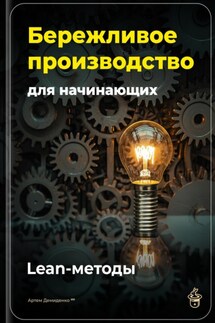The org board. How to develop a company structure - страница 9
It is not always easy to objectively look at the results of these surveys. It took me a couple of years to agree with the survey results from our own clients. When I took my first steps in consulting as a business lecturer and owner of a training company, we were conducting great seminars where we taught management tools to business owners and managers. The seminars were attended by thousands of people every year. We had great reviews where they talked about how they wanted to change something in the way their business was organized or how much they liked the ideas we taught them.
But when I analyzed statistical data, it turned out that the average client attended two to four seminars and then stopped attending. Some customers had even booked one or more corporate seminars, but after some time they stopped working with us. Those great reviews they initially gave us after the seminars did not allow us to see the actual situation. Naturally, we waited until we were not doing so well, the number of seminar attendees declined, and it became increasingly more difficult to fill events. Only then did we conduct surveys about the VFP of our company.
It turned out that the clients who wanted to organize the workflow in their businesses and could pay for our services, were not getting what they had expected. We didn’t meet their expectations of implementing management tools. When they came to our seminars, they had hoped to implement the management tools in their organization and, consequently, improve its performance. However, in most cases that wasn't the way it turned out.
We conducted customer surveys regarding the value of our product and it was particularly valuable and important to interview two categories of clients:
• Those who continued to pay us. They were asked about the value they acquired from receiving our services;
• Those who had been paying us for some time and then stopped. They were asked about what they expected to receive, but did not receive, or about what we needed to improve in our products.
Once I analyzed the survey results, I came to the conclusion that the only real value for our clients was in implementing management tools in their enterprises. That study was the impetus that led to the founding of "Visotsky Consulting”.
Such a survey can be done in any business. Of course, you will need to customize the questions for the particular business. For example, in a store, I would ask the buyers why they chose this store for their purchases, and in what circumstances and why would they choose to buy at other stores. It makes sense to ask these questions for businesses where competitors have similar products. If the service is unique, such as a singing coach, one would ask what the clients liked and disliked the most about your services. You will find that people, especially those with positive attitudes, do not like to talk about the negative aspects of things. In order to ferret out this information, you have to resort to various tricks. In such cases, I say that my job is to improve the company’s performance, and that they would be helping me out if they were to tell me what we should improve in our product.
It requires a certain amount of courage to conduct these kinds of surveys. An executive who loves his job is unlikely to be pleased when he discovers some of the shortcomings in his product. Does anyone enjoy it when somebody bursts their bubble? But if we don't understand what is valuable about our product, how can we effectively reproduce it? Just look at it this way, every shortcoming detected by the survey is a new opportunity to improve the company. If your company is already successfully providing the valuable product to its customers, any increase in the value of this product can bring you a considerable increase in income.









